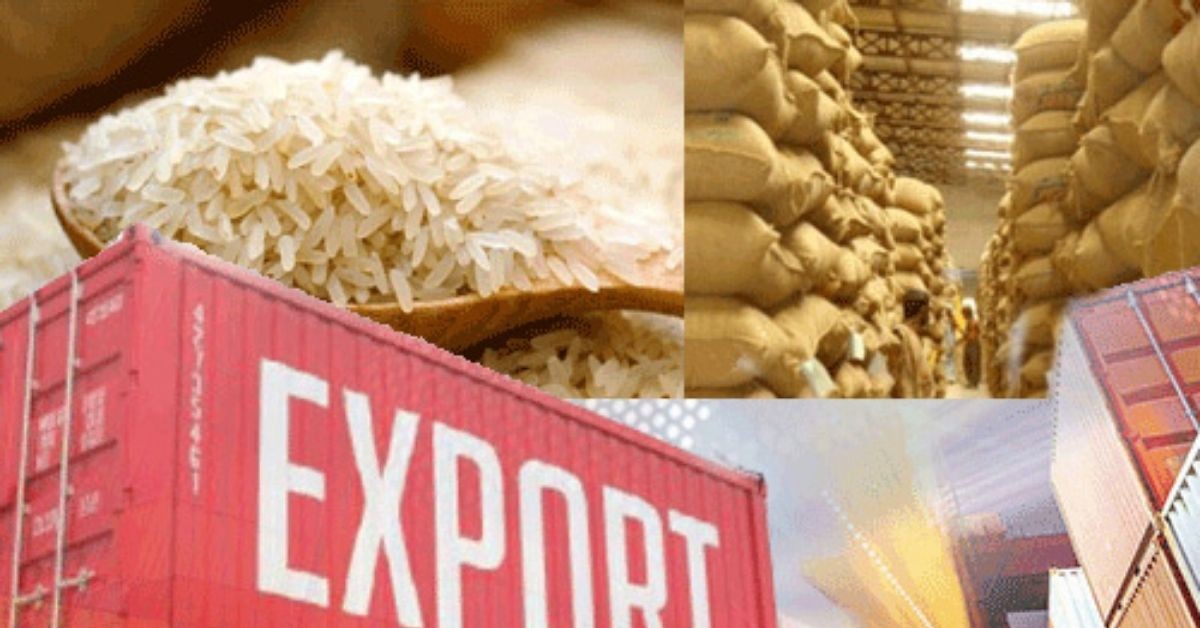Shipments of the staple food grain between April 2020 and January 2021 more than doubled over the same period in the previous financial year.
At a time when most other major agricultural and processed food products either saw a dip or lukewarm growth in shipments, India’s non-basmati rice exports experienced a surge, despite the ongoing Covid-19 pandemic.
Shipments of the staple food grain between April 2020 and January 2021 more than doubled over the same period in the previous financial year, showed provisional government data.
Shipments of the food grain rose 115.44 per cent to $3.51 billion in April-January 2020-21 from $1.63 billion in the same period in 2019-20, according to the Agricultural and Processed Food Products Export Development Authority (APEDA).
By comparison, shipments of basmati, which had largely tapered off since May 2020, dropped 2.66 per cent to $3.27 billion from $3.36 billion.
Non-basmati exports to countries in West Asia and some in the African continent have risen over the past few months as they have been building a reserve stock of the cereal, in view of the Covid-19 pandemic, anticipating a global food scarcity.
Iran, one of the largest global consumers of basmati and non-basmati rice, imported 12,000 metric ton during 2020-21, as against 11,250 metric ton in FY20, according to data from the US Department of Agriculture.
Other countries that have recorded a noticeable increase in imports of different types of non-basmati rice even between April and December 2020 include Madagascar, Malaysia, Benin, Togo and Senegal.
In the current fiscal, the total rice sowing in India in Rabi season has risen nearly 17 per cent on-year at 3.5 million hectare, while Kharif rice sowing in the year has risen up to 6 per cent and was 40.7 million hectares, as per Agriculture Ministry data.
The Ministry of Commerce and Industry expects a “major boost” in India’s rice exports potential, with APEDA’s promotion of these cereal grain through collaborations with various stakeholders in the value chain.
On March 4, the country’s first consignment of Assam-grown red rice had been flagged off to the United States.
Non-basmati and basmati rice form a major portion of APEDA’s export basket, with non-basmati accounting for 22.52 per cent and basmati around 20.99 per cent of the authority’s total exports.
“We took several measures in terms of ensuring safety and hygiene because of the operational and health challenges posed by Covid-19, while ensuring that rice exports continue uninterrupted,” said APEDA chairman M Angamuthu about the “sharp spike” in rice exports, which come at a time when supply of several commodities has been disrupted by the pandemic.
Buffalo meat — another major product that accounts for 16.83 per cent of APEDA’s exports — is among those that have seen a disruption in shipments during the pandemic year.
India recorded $2.62 billion in exports of the livestock product between April-January 2020-21, down 5.62 per cent from the $2.78 billion it had shipped during the same period in 2019-20.
In anticipation of global food scarcity
Non-basmati exports to countries in West Asia and some in the African continent have risen over the past few months as they have been building a reserve stock of the cereal, in view of the Covid-19 pandemic, anticipating a global food scarcity
Shipments of non-basmati rice increased 115.44 per cent to $3.51 billion in April-January 2020-21 from $1.63 billion in the same period in 2019-20, according to the Agricultural and Processed Food Products Export Development Authority (APEDA)
By comparison, shipments of basmati, which had largely tapered off since May last year, dropped 2.66 per cent to $3.27 billion from $3.36 billion
Source: Indian Express







